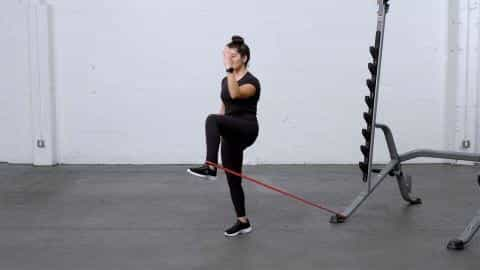
Muscle soreness is a familiar companion for runners—especially after a tough workout, long run, or when returning to training after a break. But when your legs feel heavy and tight the next day, should you lace up your shoes and hit the pavement, or take a well-earned rest?
The answer depends on a few key factors.
Most post-run soreness is caused by Delayed Onset Muscle Soreness (DOMS)—a natural response to new or intense activity that typically peaks 24–72 hours after exercise. DOMS can cause stiffness, mild swelling, and tenderness, but it's usually not harmful.
However, if you're experiencing sharp, localized pain, joint discomfort, or swelling that worsens with activity, it might be more than just soreness. These can be signs of an injury, and pushing through may do more harm than good.

You can likely continue running if:
In fact, light exercise can help ease DOMS by increasing blood flow and reducing muscle stiffness. Consider swapping a high-intensity session for an easy jog, cross-training, or active recovery.
Take a rest or recovery day if:
Listening to your body is key. A missed run is better than risking an injury that sidelines you for weeks.

Whether you run or rest, here are some proven ways to soothe sore muscles:
Running while sore isn’t always a bad idea—but it requires smart judgment. Learn to differentiate between normal soreness and signs of injury. When in doubt, choose rest or a lower-impact activity, and focus on recovery strategies that help your body bounce back stronger.
Remember: consistent training is built on smart decisions, not just toughing it out.
Discover More Content





